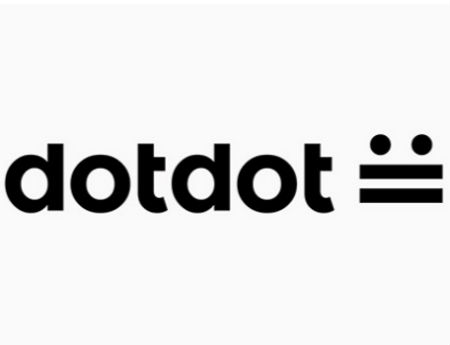Zigbee's New IoT 'Universal Language' Seeks Standards Dominance

The zigbee alliance is assuring developers that "dotdot," its newly released unified Internet of Thing (IoT) language which operates on the applications layer, can be applied across almost all IoT networks. Dotdot, which was unveiled at CES early this month, is based on the previous Zigbee Cluster Library (ZCL) and is characterized as an "open, mature technology supported by the Zigbee alliance's 400+" members and supply chain, according to the association.
Some analysts have recently sought to minimize the value of zigbee now that Bluetooth and home WiFi systems are so widely deployed.
Comcast has deployed ZigBee-enabled Xfinity set-top boxes for home security and energy management features and services, including premium security service such as streaming video from cameras around the house.
The zigbee alliance (which insists on a non-capitalized name format as part of its new rebranding) unveiled its new IoT agenda amidst a slew of smart home product integration ventures,including projects from Comcast. At the Las Vegas event, Comcast confirmed plans to roll out a new “Digital Home” platform to 15 million gateways in 2017.
For its part, the zigbee alliance showcased an "Interoperability Wall" on the CES floor: 95 products from more than 30 manufacturers showed ways that the dotdot language could be connected to a variety of energy, security and entertainment devices. zigbee characterized dotdot as a "full-stack IoT solution, from mesh network based on the global 802.15.4 standard, to energy harvesting technology that enables battery-less devices...to work together."
Although there were no cable devices or cable operator participation in the Interoperability demonstration at CES, Victor Berrios, zigbee alliance VP-Technology, told Multichannel News that cable operators continue to be part of the alliance.
Berrios pointed out that, for example, Comcast "Xfinity boxes continue to ship with alliance technology embedded in them."
zigbee is built into Comcast's XB6 wireless gateway, which also includes Thread and BTLE (Bluetooth Low Energy) and 8x8 WiFi. Zigbee is the main wireless technology used in most Xfinity Home products, except cameras.
RELATED: Comcast Taps Arris, Technicolor for ‘XB6’ Gateways: Sources
Comcast is evaluating zigbee's new dotdot language, a company spokesman told Multichannel News.
“dotdot represents the next chapter ... to create and evolve open standards for the smart networks in our homes, businesses and neighborhoods,” Tobin Richardson, zigbee alliance President and CEO, said at the CES demo.
zigbee acknowledged that "Most IoT devices don’t speak the same language even if they use the same wireless technology," and hence the IoT is often "a patchwork of translations, adding complexity for developers and limiting users to single-vendor systems."
The unified language is also expected to beef up security on the wireless zigbee platform. A year ago, Wired magazine published a report about vulnerabilities in Comcast's Xfinity Home Security that could generate false assurances that windows were locked. Other reports continue to fret that evildoers could transform smart objects into hostile trinkets if the IoT connections lack sufficient security safeguards.
Multichannel Newsletter
The smarter way to stay on top of the multichannel video marketplace. Sign up below.
Contributor Gary Arlen is known for his insights into the convergence of media, telecom, content and technology. Gary was founder/editor/publisher of Interactivity Report, TeleServices Report and other influential newsletters; he was the longtime “curmudgeon” columnist for Multichannel News as well as a regular contributor to AdMap, Washington Technology and Telecommunications Reports. He writes regularly about trends and media/marketing for the Consumer Technology Association's i3 magazine plus several blogs. Gary has taught media-focused courses on the adjunct faculties at George Mason University and American University and has guest-lectured at MIT, Harvard, UCLA, University of Southern California and Northwestern University and at countless media, marketing and technology industry events. As President of Arlen Communications LLC, he has provided analyses about the development of applications and services for entertainment, marketing and e-commerce.



